The trombone maker: ‘There’s been a lot of trial, error and scrap - but after 10 years, we got there'
Michael Rath, founder of Rath Trombones, explains to Kate Green why the powerful, sonorous trombone is both tricky to play and to create.
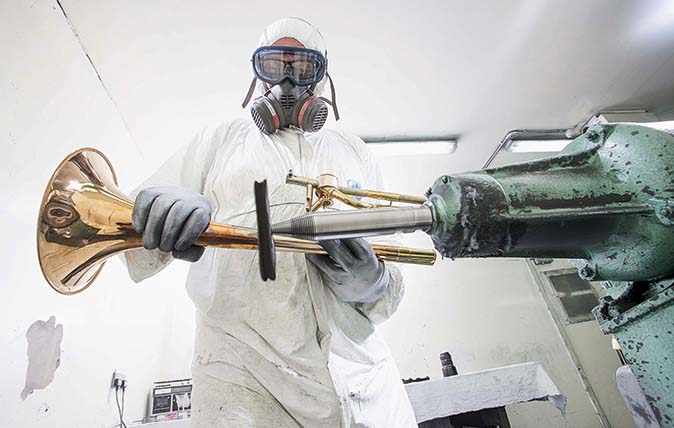

'The trumpet shall sound,’ begins the spine-chilling aria in Messiah, but when Mozart rewrote the orchestral parts of Handel’s masterwork, he decided that the powerful, sonorous trombone – or sackbut, as it was known until the 1700s – should be more prominent, a move that’s been debated by musicologists ever since.
The trombone is neither easy to play – it requires ‘much wind’, wrote Thomas Elyot in 1534 – nor, according to Britain’s only trombone maker, Michael Rath, easy to create, as getting the frictionless slide right is surprisingly hard.
Mr Rath, 54, played the tuba in military bands, studied musical-instrument technology and was apprenticed to the Paxman French Horn company. He set up in business in West Yorkshire repairing musical instruments and, in 1995, jazz soloist Mark Nightingale suggested he tried making them.
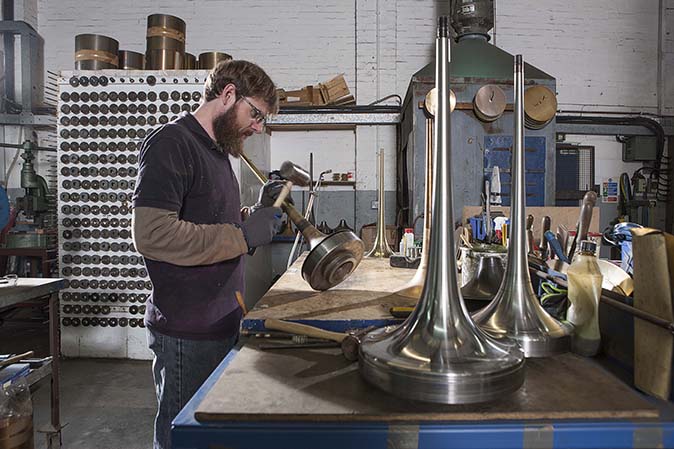
‘Our goal was an instrument with excellent playing characteristics, great intonation and a superior function,’ Mr Rath explains.
‘The first prototype took nearly two years; there’s been a lot of trial, error and scrap and we had tough times with cashflow, but, after about 10 years’ hard work, we got there.’
Rath Trombones – from small-bore jazz to large-bore symphonic, bass, tenor, contra-bass and alto – are handmade to individual specifications on the advice of professional musicians from as far afield as China and Canada.
Each element – bell, valves, slide, ferrules, the lathing and lacquering – is done by individual staff, many of whom play in bands, and the finished articles are heard all over the world, from the Grimethorpe Colliery Band to Berlin Opera.
Sign up for the Country Life Newsletter
Exquisite houses, the beauty of Nature, and how to get the most from your life, straight to your inbox.
Find out more about Rath Trombones at www.rathtrombones.com and see more traditional British craftsmen and women at heritagecrafts.org.uk
-
 'Monolithic, multi-layered and quite, quite magnificent. This was love at first bite': Tom Parker Bowles on his lifelong love affair with lasagne
'Monolithic, multi-layered and quite, quite magnificent. This was love at first bite': Tom Parker Bowles on his lifelong love affair with lasagneAn upwardly mobile spaghetti Bolognese, lasagne al forno, with oozing béchamel and layered meaty magnificence, is a bona fide comfort classic, declares Tom Parker Bowles.
By Tom Parker Bowles
-
 Country houses, cream teas and Baywatch: Country Life Quiz of the Day, April 24, 2025
Country houses, cream teas and Baywatch: Country Life Quiz of the Day, April 24, 2025Thursday's Quiz of the Day asks exactly how popular Baywatch became.
By Toby Keel
-
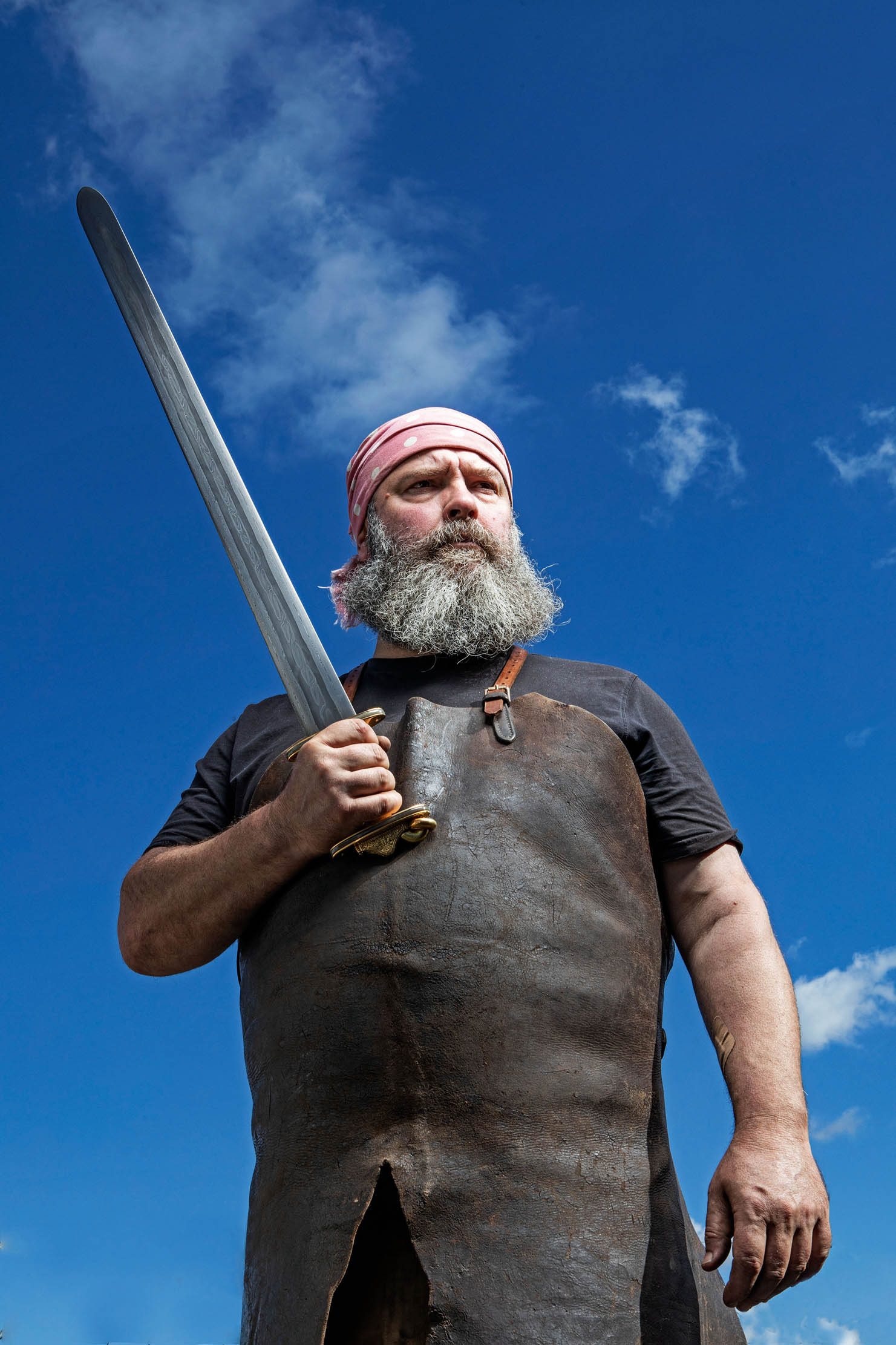 The 21st century sword maker: 'There’s something appealing about getting metal hot and smacking it with a hammer'
The 21st century sword maker: 'There’s something appealing about getting metal hot and smacking it with a hammer'Practising ancient techniques to craft modern heirlooms, bladesmith Owen Bush handmakes both decorative and practical knives or weaponry, each with their own personalities, says Claire Jackson — with some of his swords celebrities in their own right. Photographs by Richard Cannon for Country Life.
By Claire Jackson
-
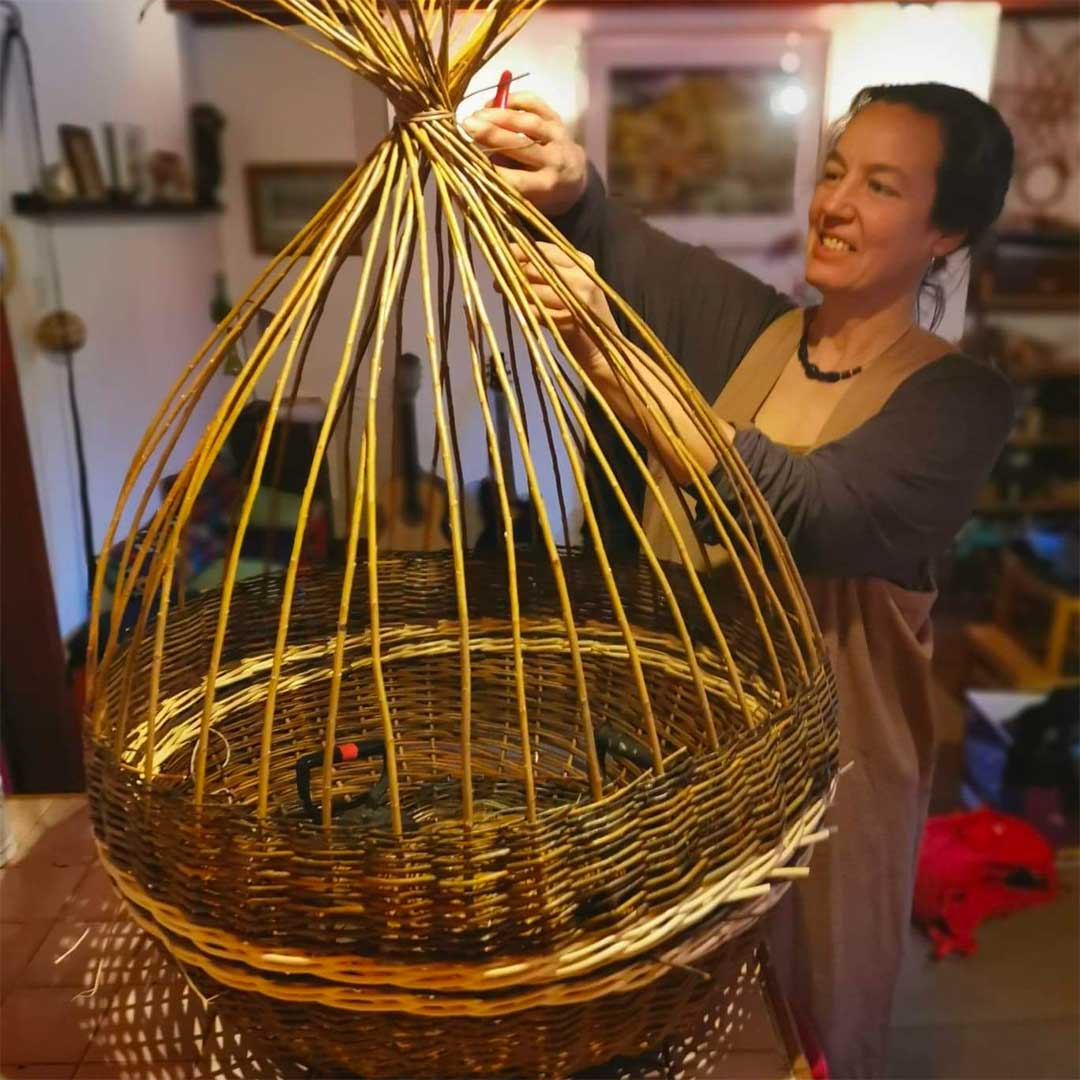 The secrets of the basket-maker: 'With a basket, you watch it grow before your very eyes'
The secrets of the basket-maker: 'With a basket, you watch it grow before your very eyes'Anna Stickland has woven a new career as a basket-maker; she spoke to Nick Hammond.
By Country Life
-
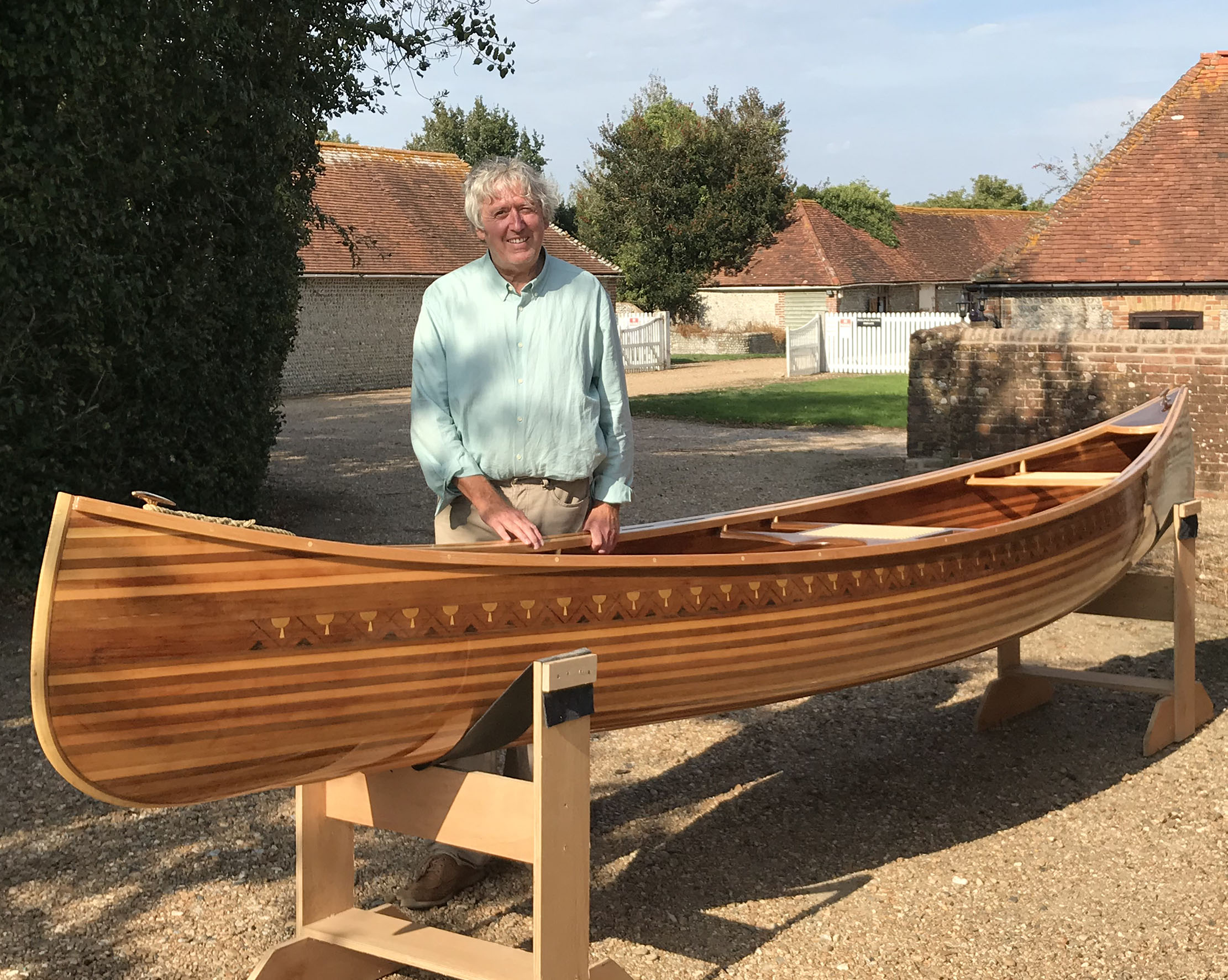 Where I Work: Huw Edwards-Jones, master craftsman and canoe maker
Where I Work: Huw Edwards-Jones, master craftsman and canoe makerThe ups and downs of 2020 didn't see Huw Edwards-Jones change where he worked, but it did change what he did: he's used the time to switch from creating beautiful hand-made furniture to spectacularly beautiful canoes. He spoke to Toby Keel.
By Toby Keel
-
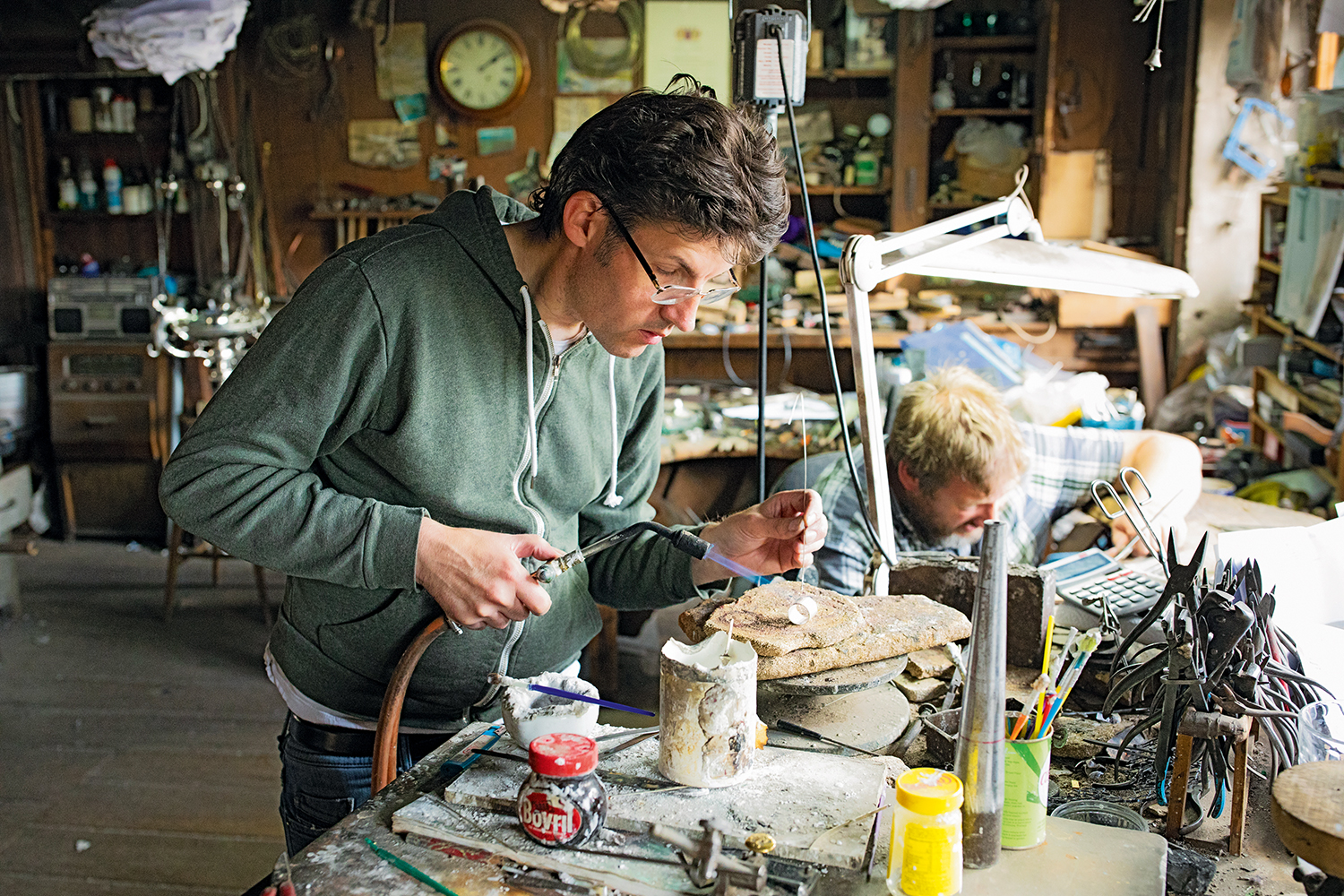 In Focus — The Cotswolds silversmith: 'We make beautiful works of art to last for hundreds of years'
In Focus — The Cotswolds silversmith: 'We make beautiful works of art to last for hundreds of years'Tucked away in an old Cotswolds silk mill, expert craftsmen harness a century of expertise to raise, planish and finish fine gold and silverware. Jeremy Flint visits Hart’s of Chipping Campden.
By Country Life
-
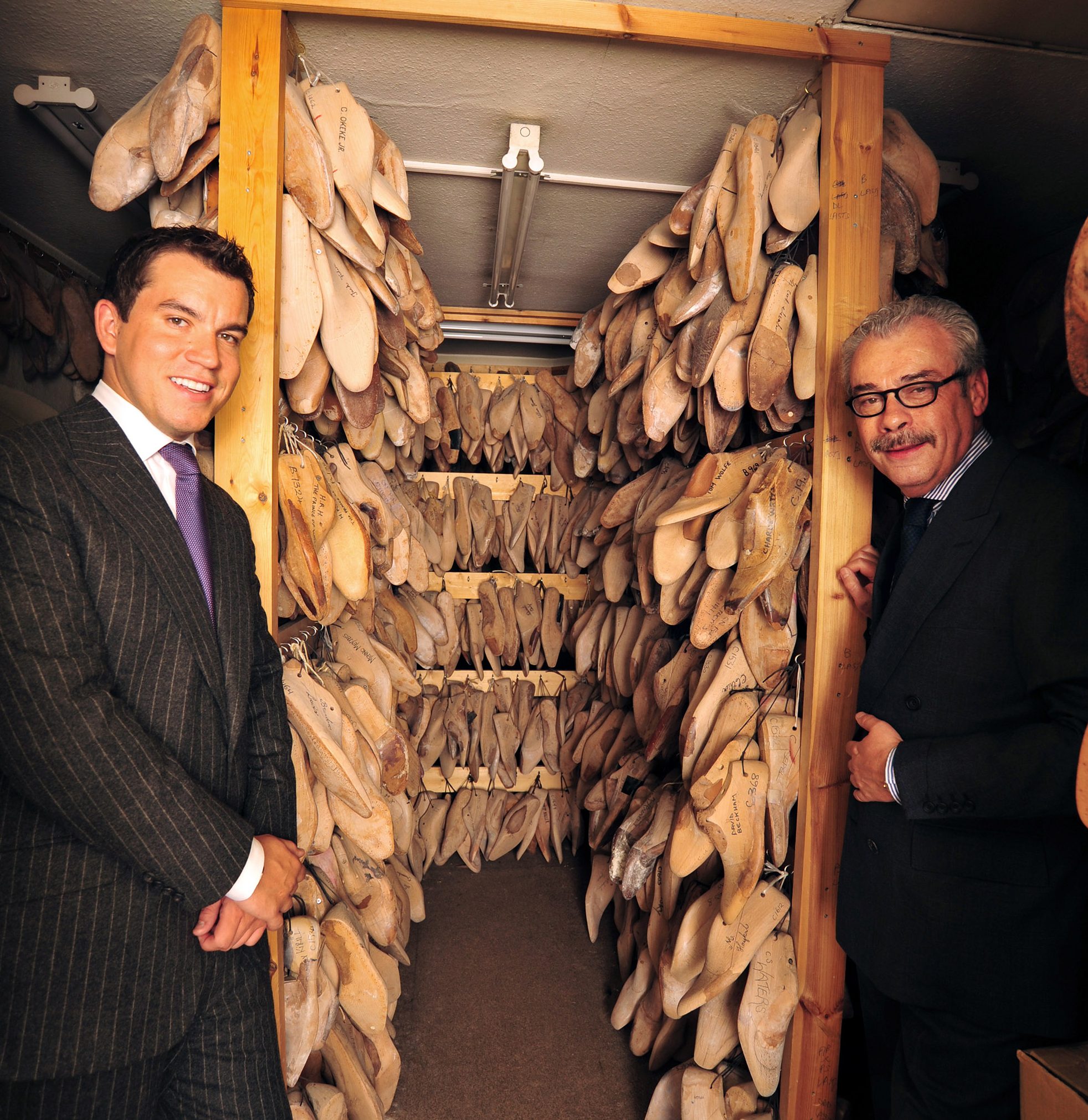 The master shoemakers who shod Churchill: 'Demand is through the roof, but it takes six to eight months to make a pair'
The master shoemakers who shod Churchill: 'Demand is through the roof, but it takes six to eight months to make a pair'The co-owners of bespoke shoe shop George Cleverley, father and son George Glasgow Snr and George Glasgow Jnr, talk to Hetty Lintell.
By Hetty Lintell
-
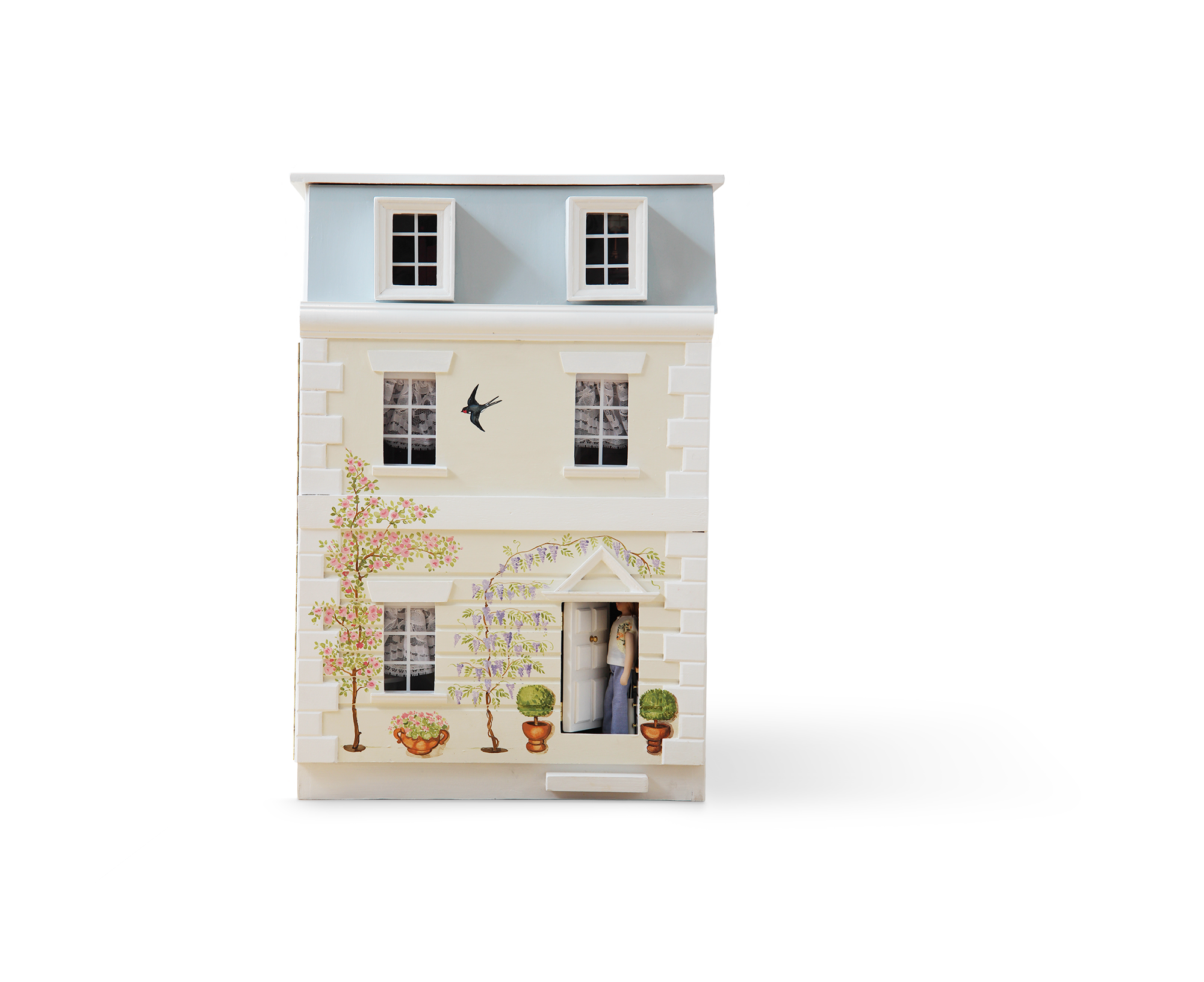 The dolls' house-maker: 'This is a place to capture the dreams of children and adults alike'
The dolls' house-maker: 'This is a place to capture the dreams of children and adults alike'Dragons of Walton Street have been making beautiful dolls' houses for four decades, and the company is still run by Lucinda Croft, the daughter of the founder. She spoke to Hetty Lintell.
By Hetty Lintell
-
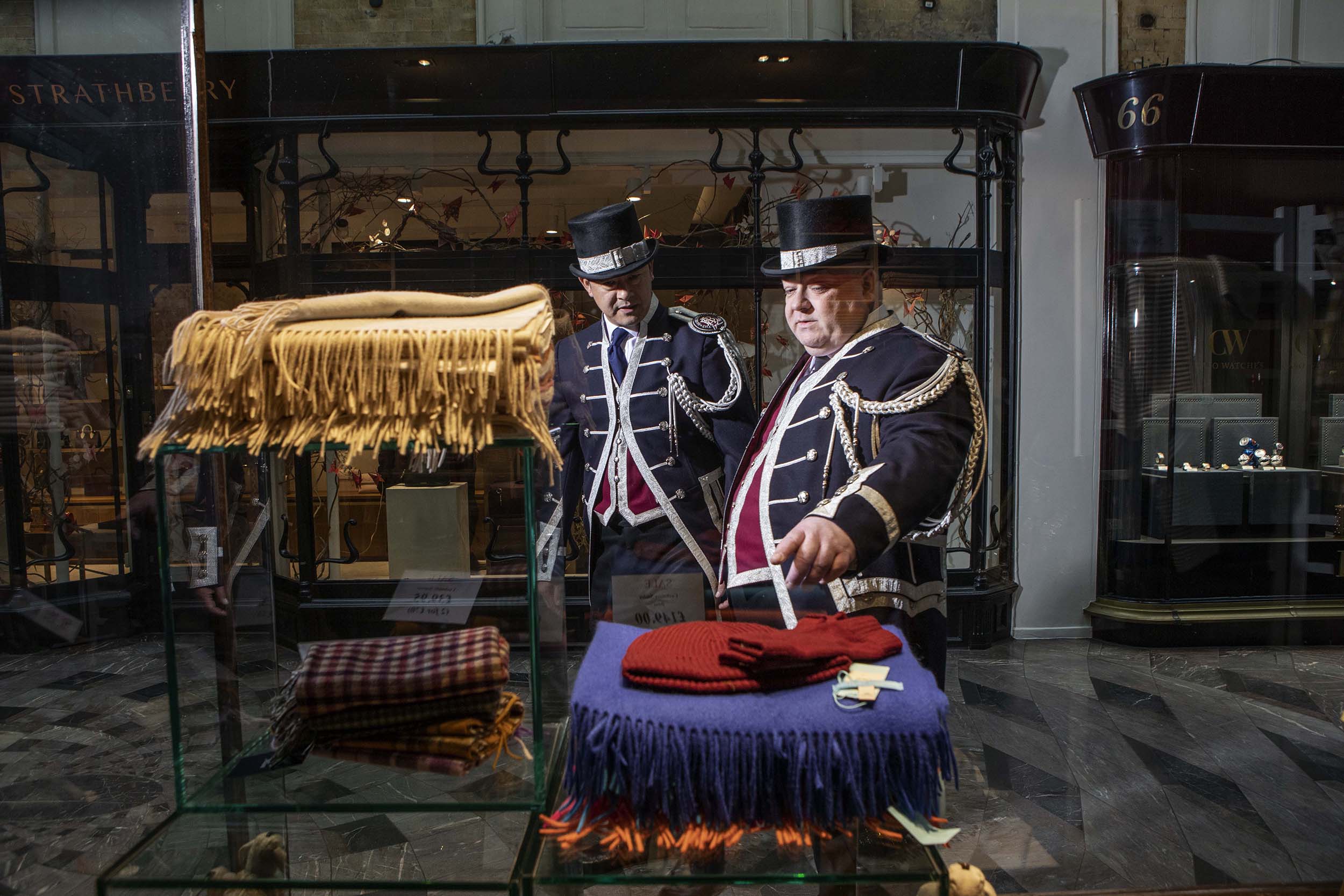 Meet the Beadles: The centuries-old private police force at Burlington Arcade, the world's swishest shopping mall
Meet the Beadles: The centuries-old private police force at Burlington Arcade, the world's swishest shopping mallThis week marked the 200th birthday of London’s Burlington Arcade. Adam Hay-Nicholls goes undercover with the Beadles, its private police force. With photographs by Richard Cannon.
By Country Life
-
 The bagpipe-maker: 'The older customers want me to make their pipes sharpish; they want to be sure they’re not dead before they get to play them!'
The bagpipe-maker: 'The older customers want me to make their pipes sharpish; they want to be sure they’re not dead before they get to play them!'Hours of intricate work are needed to craft a set of bagpipes. Kate Lovell spoke to bagpipe-maker Dave Shaw to find out how it's done.
By Country Life